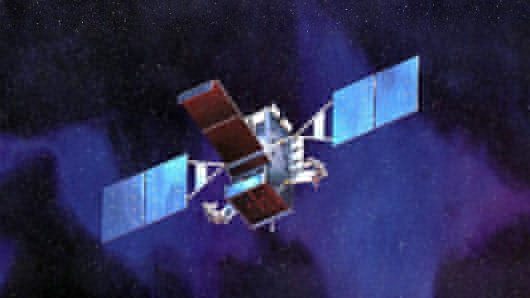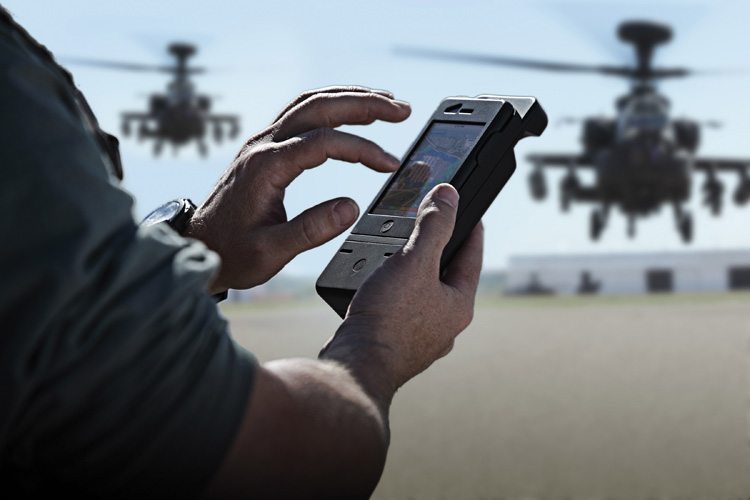The U.S. Air Force/Lockheed Martin-led Space Based Infrared System (SBIRS) team has finished final installations on the first geosynchronous (GEO-1) satellite and successfully completed the spacecraft’s final factory confidence test in preparation for delivery to the launch site.
SBIRS GEO-1, with its highly sophisticated scanning and staring sensors, will provide the nation with significantly improved missile warning capabilities and support other critical missions simultaneously including missile defense, technical intelligence and battlespace awareness.
Final installations included the spacecraft’s deployable light shade, solar arrays, thermal blankets, and flight batteries. The fully integrated spacecraft then successfully passed its final factory confidence test, the last major milestone in preparation for delivery to Cape Canaveral Air Force Station, Fla., for a spring 2011 launch aboard an Atlas V launch vehicle.
“SBIRS GEO-1 will usher in a new era of critical missile warning capabilities vital to our national security. As we progress toward launch, the entire government/industry team is laser focused on delivering mission success for our warfighters,” said Brig. Gen. (sel) Roger Teague, the director of the U.S. Air Force’s Infrared Space Systems Directorate.
As the SBIRS GEO-1 spacecraft prepares for shipment, the spacecraft’s flight software, designed to provide highly reliable command and control operations, will complete its final qualification testing, and the SBIRS ground segment team will conduct final readiness exercises in preparation to support GEO-1 launch and operations.
“The entire SBIRS team continues to focus on operational excellence as we prepare this critical spacecraft for launch,” said Jeff Smith, Lockheed Martin’s SBIRS vice president. “We are dedicated to achieving GEO-1 mission success and delivering unprecedented infrared surveillance capabilities to the warfighter.”
The SBIRS team is led by the Infrared Space Systems Directorate at the U.S. Air Force Space and Missile Systems Center. Lockheed Martin is the SBIRS prime contractor, with Northrop Grumman, as the payload integrator. Air Force Space Command operates the SBIRS system.
Lockheed Martin’s original SBIRS contract includes two HEO payloads that have already been delivered, two geosynchronous orbit (GEO) satellites, as well as ground-based assets to receive and process the infrared data. The team is also under a follow-on production contract to deliver additional HEO payloads and GEO satellites, and associated ground modifications.
Headquartered in Bethesda, Md., Lockheed Martin is a global security company that employs about 132,000 people worldwide and is principally engaged in the research, design, development, manufacture, integration and sustainment of advanced technology systems, products and services. The Corporation’s 2010 sales from continuing operations were $45.8 billion.











